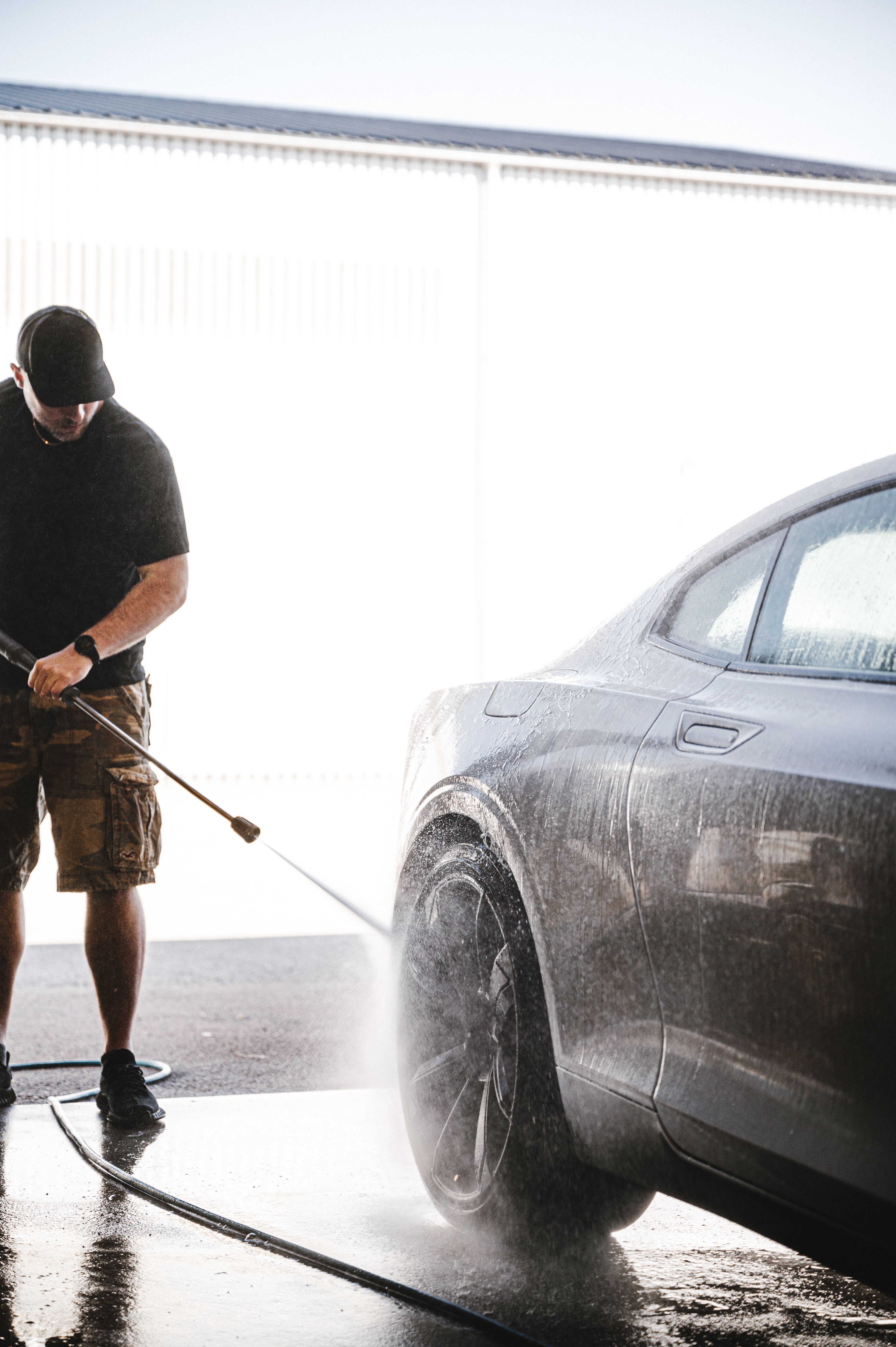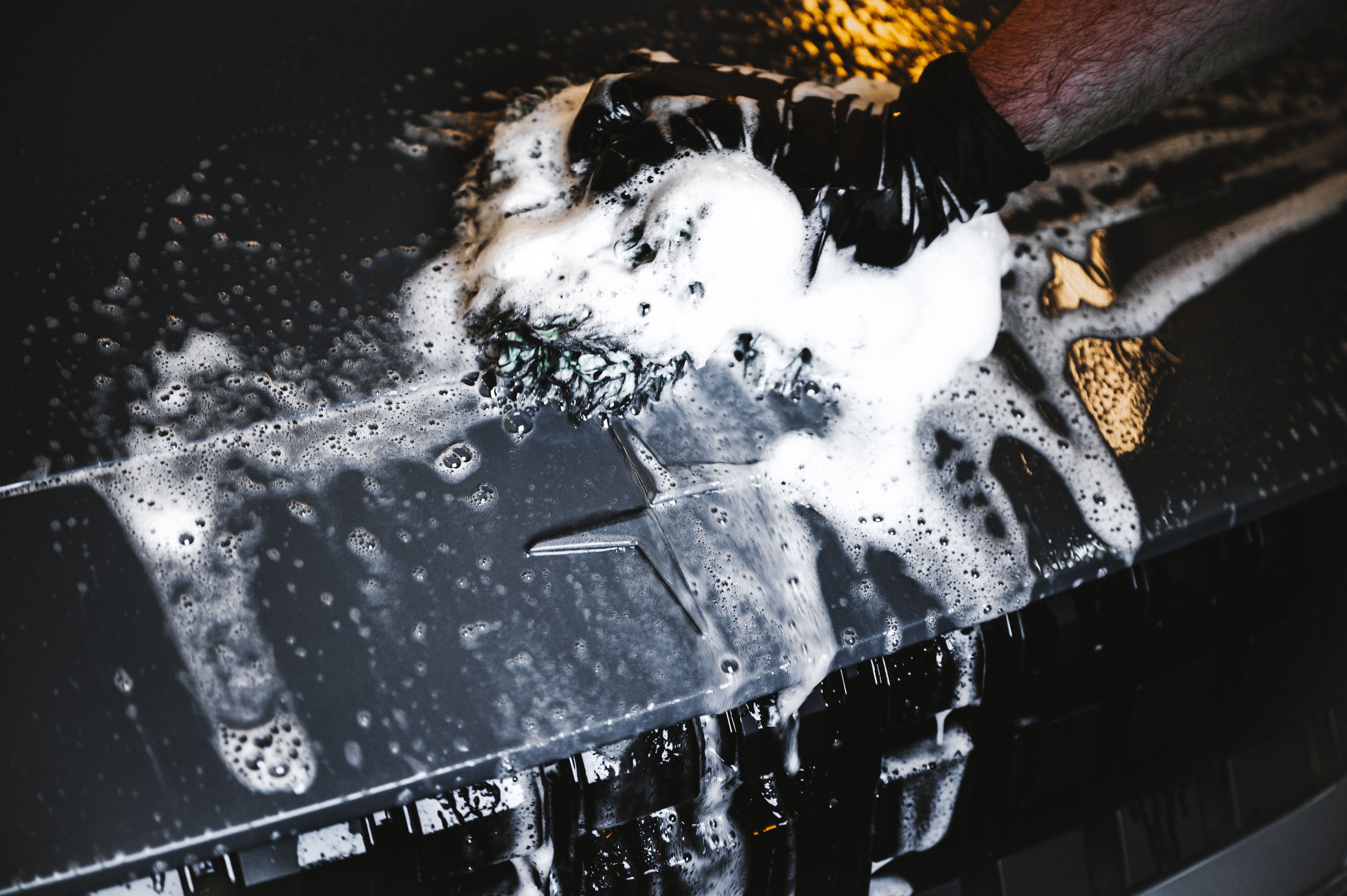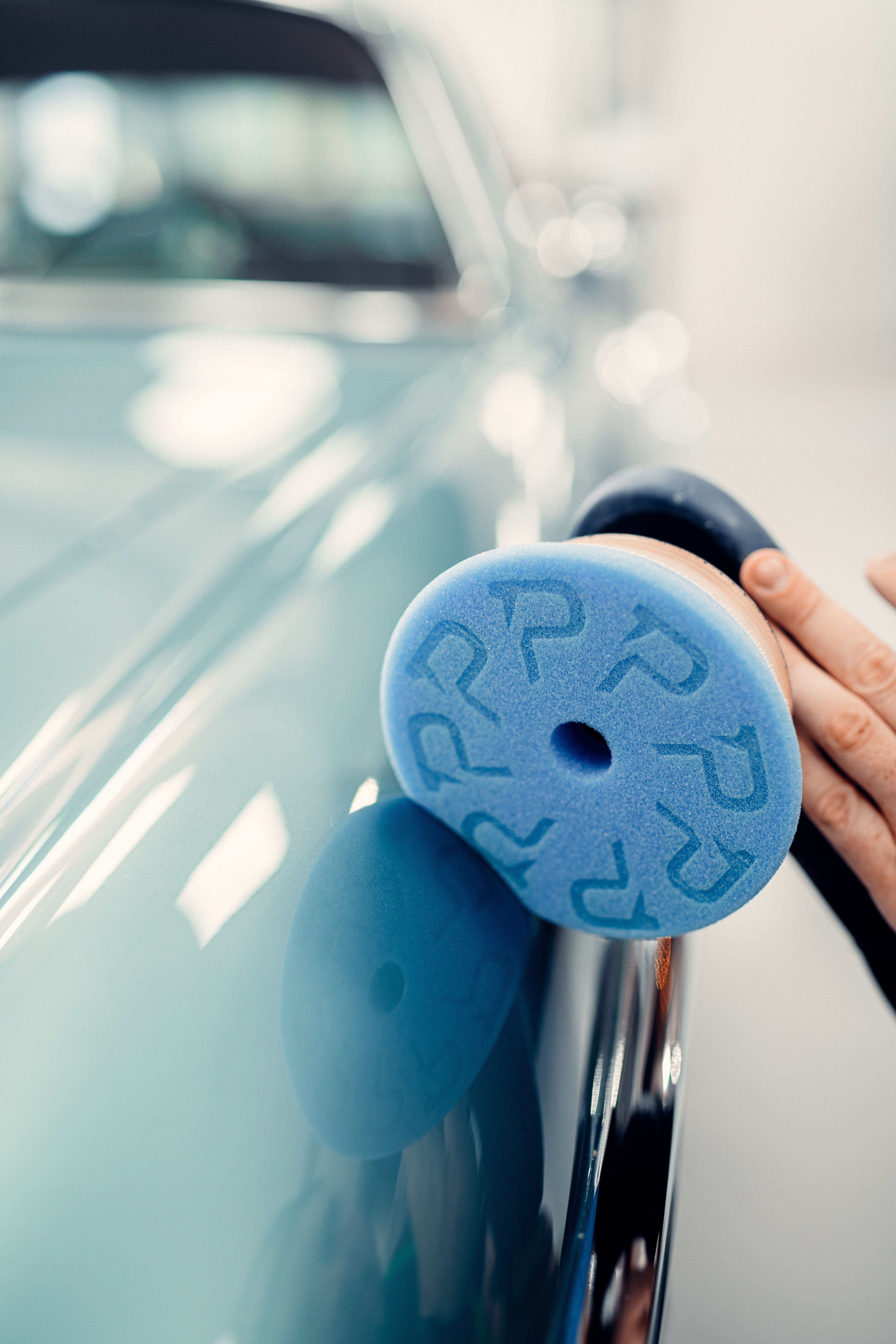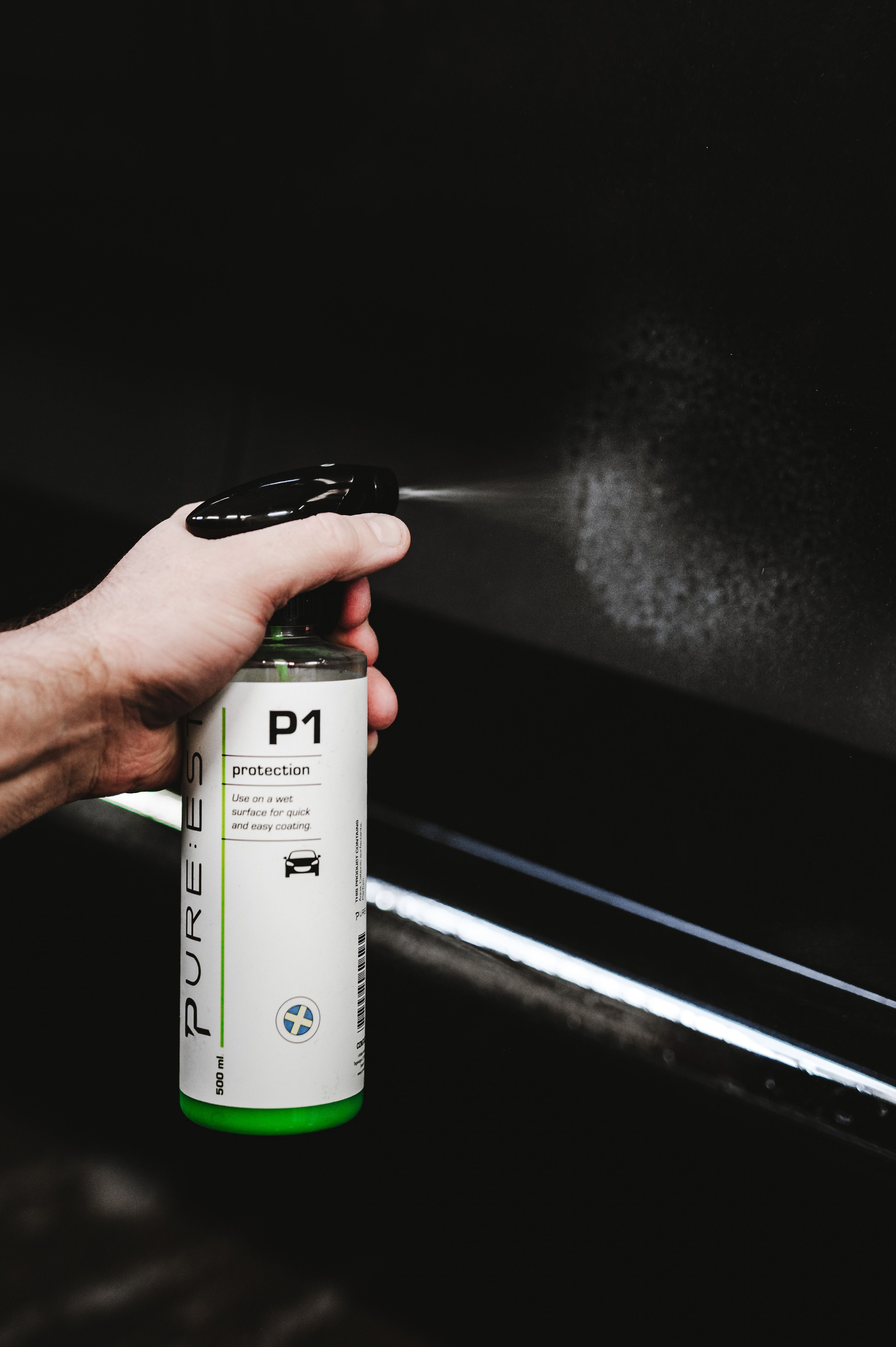The Beginner's Guide to Exterior Detailing
Posted by Max R on 24th Sep 2021
As the days get shorter and the mornings get colder, as pumpkin spice takes over all flavor profiles, it can only mean one thing. Fall is here, and winter is not far behind it. Along with winter comes much lower temperatures, snow, ice, and salt.
Salt.
As an enthusiast, this is the second scariest thing to hear, aside from rust. Salt is a precursor to rust, and for those of us in more northern areas, there isn’t much we can do to avoid road salt aside from parking the car between the months of November and May.
What you can do, however, is protect your paint at all costs and keep your car looking sharp with a quality exterior detail. Just like interior detailing (if not more so), exterior detailing can be daunting. This blog post is to serve as a guide while you prepare your car for all kinds of weather, not just snow and salt.
The Beginner’s Guide to Exterior Detailing
Before we jump into nuances, we must first understand the pieces to the greater puzzle that is exterior detailing.
What Goes into a Car Detail?

While there are many different avenues of detailing a car, typically it begins with cleaning the paint and ends with re-sealing the paint using a protective coating. The different avenues depend on both the end goal as well as the type of paint you are trying to detail.
- Car wash
- Paint and glass decontamination
- Polish and paint correction
- Paint sealant
There are various steps to each of these processes, so we’ll go over the most important ones and highlight any especially tricky areas.
Benefits to Auto Detailing
As mentioned before, detailing your car can help not only make it look nice, but protect it against everyday use. Salt, tar, bugs, and other road grime can foul your paint and make it look dull over time, as well as cause additional damage if not tended to frequently. These stressors are everyday occurrences for your car. Heat and UV rays from the sun can also accelerate these issues, so making sure your car is ready for whatever life throws at it is of the utmost importance.
- Frequent washes helps ensure dirt, salt, tar, bugs, and other debris not to build up causing further damage
- Decontamination pulls any leftover, hard stuck contaminants off the paint
- Polished paint gives your car a shine that is similar to how it rolled off the showroom floor
- Proper sealants (wax or ceramic coating) help protect against dirt, debris, and sun damage
Car Wash

Frequently washing your car is almost always a good idea if it’s a daily driver. This helps to minimize any contaminants from embedding themselves into your paint, becoming a larger issue down the road. However, there is a few things to keep in mind when you are washing your car, especially if you don’t do it yourself.
- Automatic car washes can be abrasive on paint, especially touch car washes which will cause small scratches in the clear coat
- Automatic car washes typically use harsher soaps than what you would find in a quality, off-the-shelf shampoo
- Be sure to use proper technique when hand washing at home, such as the two-bucket method
- When washing your car with a microfiber mitt, don’t stay in one spot for too long. Instead, pass by the area once going one direction
- Always wash from top to bottom as to not drag any excess contaminants across the paint
Paint Correction

Paint correction and polishing can often be the most daunting part of a complete detail. If the paint has been properly washed and sealed, this process can be reserved to once a year (or less, depending on use). If the paint has been properly maintained, a very light polish will be all that’s necessary. But if the paint is in rougher shape, you may want to consider a cut and buff to get down to a solid layer of clearcoat.
- Be sure to decontaminate the paint completely with a clay bar before polishing
- There are different types of polishing and cutting pads for different uses
- There are different types of compounds for different uses
- It is typically advisable to start with a gentler polish to see how your paint reacts. Some paints are softer than others and require less aggressive polishing to achieve the same results
- It is recommended to never polish in direct sunlight
Paint Protection

After you have polished your paint to a nice, smooth finish, it is time to seal it for longevity. Using a proper paint sealant can yield long-lasting results in terms of finish, and will protect your paint from salt, dirt, tar, bugs, and other debris. Car washes will be made simple since less contaminants will have stuck to the paint. Keep in mind that not all sealants are alike, and that you should choose the one right for you.
- Wax is the easiest sealant to apply and will typically require simple maintenance with a high-quality spray wax after every wash or two. This will yield you results that last for roughly six months to a year, depending on weather conditions and driving frequency
- Ceramic coatings are more durable than wax, however they are more difficult to apply. Spray ceramic coatings are becoming more popular and can provide high levels of protection for a shorter period, commonly six months
- It is recommended to never apply sealants in direct sunlight, or above/below certain temperatures
- Don't forget to use a glass-specific sealant to help water clear off your windshield!
Common Misconceptions
- Time
Detailing takes a lot of time, so when doing it yourself, expect to spend a good portion of the day on it, especially if you are just learning. If you hire someone else to do it, typically you get what you pay for. While cheaper details can provide great results, they often won’t have the same attention to detail as a more expensive one. That being said, be sure to research local detailers in your area and what other people’s experiences have been if you decide to hire someone.
- Money
As mentioned before, if you are hiring someone to detail your car, you will get what you pay for in terms of results. However, you can do it yourself with an initial investment in materials equal to or even less than what a professional detail would cost that will last you far more than just one detail, especially if the majority of that investment is in a polisher. YouTube is full of great how-to videos if you are a visual learner. So, with an afternoon of your time, you can be well on your way to a lifetime of quality car-care, helping to preserve any cars you may purchase in the future!



